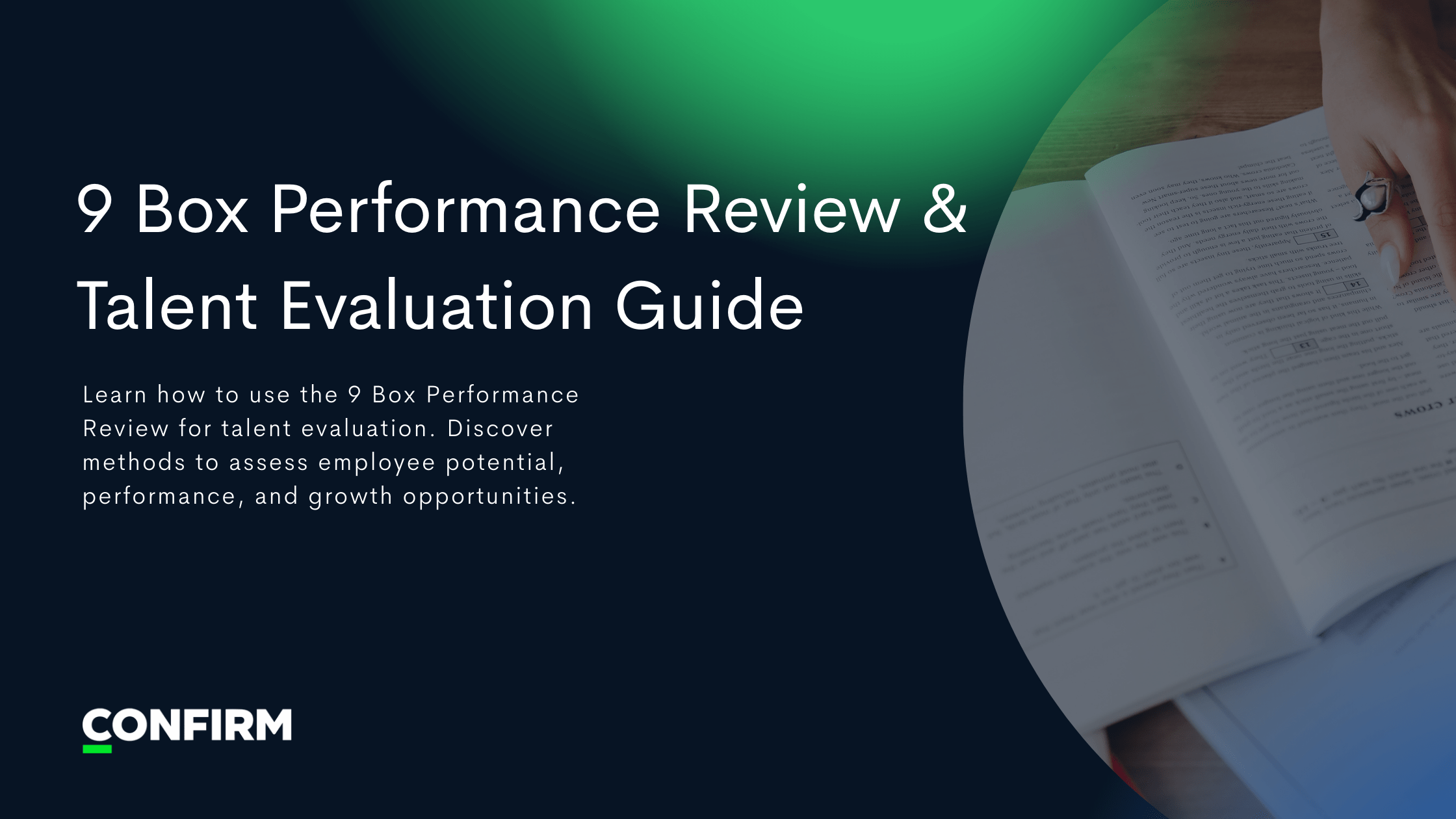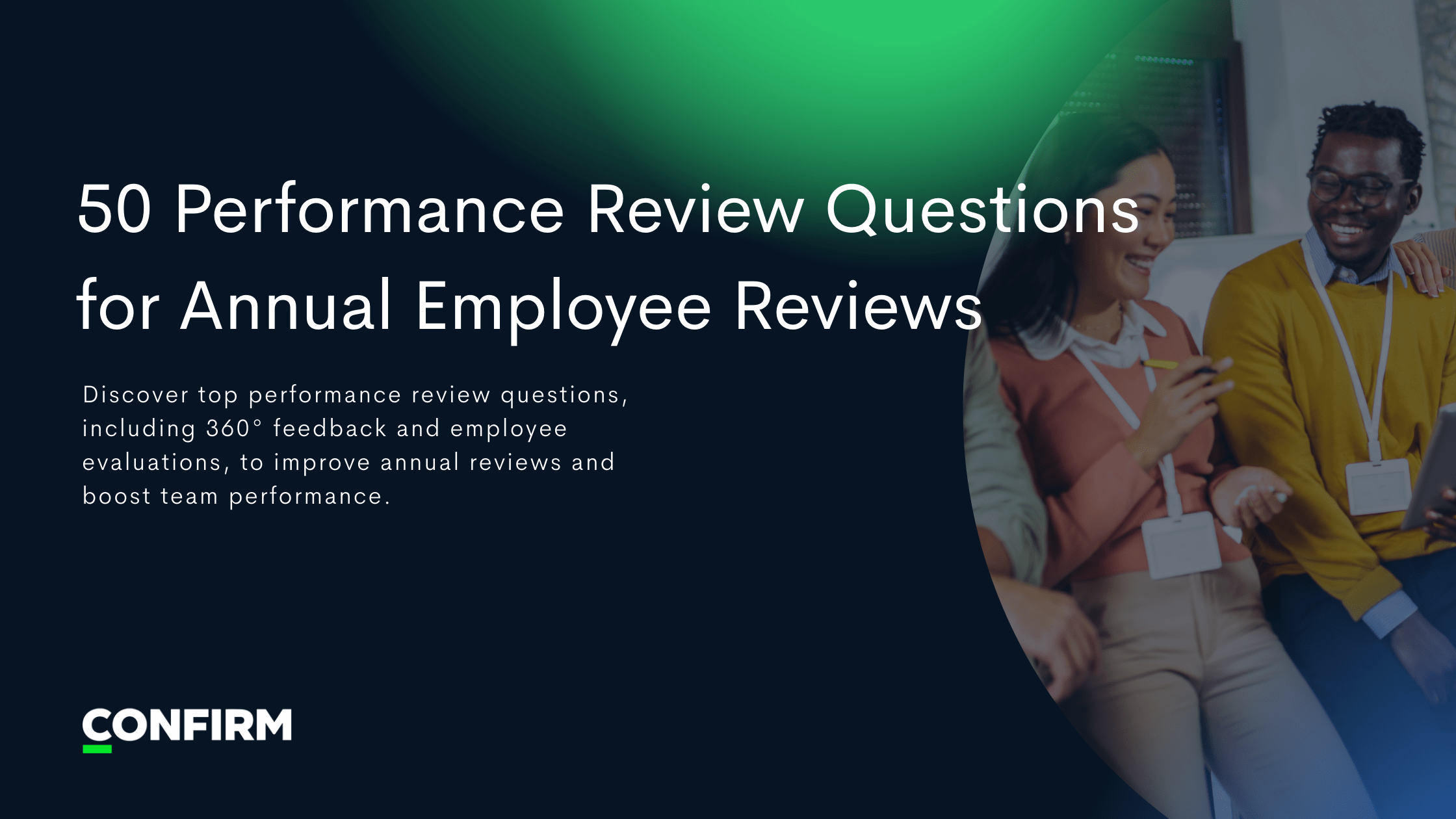
Blog post
From Insight to Action: Using ONA to Drive Targeted Learning and Development Initiatives
ONA offers a data-driven approach to address skills gaps, enhancing employee development and boosting performance.

Why Addressing Skills Gaps is Crucial
Ensuring that team members have the right skills to meet organizational goals is paramount. But why is addressing skills gaps so vital?
Maintaining Competitive Advantage
In an era where innovation is the key to staying ahead of competitors, having a workforce that is equipped with the latest skills is essential. Companies that fail to address skills gaps risk falling behind in the market, as they won't be able to adapt to new technologies or industry trends as quickly as their competitors.
Employee Retention and Satisfaction
Employees want to feel competent and valued in their roles. When they lack the necessary skills to perform their jobs effectively, it can lead to decreased job satisfaction and morale. By addressing skills gaps through employee development and training, companies not only enhance their employee performance but also boost their confidence and job satisfaction. This, in turn, can lead to higher retention rates. According to LinkedIn data, employees who were promoted within three years of being hired had a 70% chance of remaining at the firm, emphasizing the importance of skill development and growth opportunities.
Financial Implications
Skills gaps can have direct financial consequences for organizations. When employees aren't equipped to handle their roles effectively, it can lead to decreased productivity, increased errors, and even lost business opportunities. Additionally, constantly hiring external candidates to fill these gaps can be costly. For instance, Chipotle's shift from external to internal hiring for managers, driven by insights on skills gaps, led to a significant drop in turnover rates, resulting in substantial cost savings.
Future-Proofing the Organization
The business world is unpredictable. Industries can change overnight due to technological advancements, regulatory changes, or global events. By continuously addressing skills gaps and investing in employee training and development programs, companies ensure that their workforce is adaptable and ready to face any challenges that come their way.
Enhancing Company Reputation
A company known for its skilled and competent workforce is more likely to attract top talent and clients. By addressing skills gaps and prioritizing employee learning and development, organizations not only improve their internal operations but also enhance their external reputation.
The Power of Organizational Network Analysis (ONA)
Organizational Network Analysis (ONA) is a powerful tool that goes beyond traditional performance reviews to provide actionable insights into how employees interact, collaborate, and contribute within an organization. By asking questions like "Who do you go to for help and advice?" or "Who do you see as an outstanding contributor?", ONA paints a holistic picture of the organization's network, highlighting both the visible and hidden contributors.
How ONA Identifies Skills Gaps
A Data-Driven Approach
Organizational Network Analysis (ONA) employs a data-driven methodology to provide a comprehensive view of how employees interact within an organization. Unlike traditional performance appraisals, which often rely heavily on subjective manager evaluations, ONA uses objective data to map out the intricate web of relationships and collaborations among employees.
Understanding Employee Interactions
By asking questions such as "Who do you go to for help and advice?" or "Who do you see as an outstanding contributor?", ONA can identify key influencers and knowledge hubs within the organization. These individuals often possess critical skills and expertise that others frequently seek out. Conversely, if certain individuals or teams are rarely approached for advice or collaboration, it may indicate a potential skills gap or area of underdevelopment.
Highlighting Visible and Hidden Contributors
While 15% of employees create 50% of the impact in any organization, traditional performance reviews might not always capture this impact accurately. ONA, with its holistic approach, can identify both the overt top performers and the "quiet contributors." These quiet contributors are individuals who might not be vocal in meetings or adept at self-promotion but play crucial roles in the organization's success.
Analyzing Patterns of Collaboration
ONA can also shed light on patterns of collaboration. For instance, if a particular team frequently collaborates with another department, it might indicate a shared skill set or expertise. On the other hand, if a team rarely interacts with others, it might point to a unique skill set or, alternatively, a skills gap that prevents broader collaboration.
Addressing Biases in Performance Reviews
Traditional performance reviews are fraught with biases. Research indicates that 60% of a manager's performance rating is based on bias, with only 20% reflecting actual employee performance. ONA, by focusing on actual interactions and collaborations, offers a more objective and unbiased view of employee performance and skills.
Identifying Areas of Support
By understanding who employees believe needs additional support or attention, ONA can pinpoint areas where training or development might be required. This is especially crucial for addressing the 5% of employees who create 50% of the problems in an organization.
ONA-Driven Learning and Development
Tailored Training Programs
One of the primary advantages of using ONA in the realm of Learning and Development (L&D) is the ability to create tailored training and development programs for employees. By understanding the intricate dynamics of employee interactions and collaborations, L&D teams can design training initiatives that directly address the identified skills gaps. Instead of a one-size-fits-all approach, training becomes more personalized and relevant to individual or team needs.
Proactive Skill Development
With insights from ONA, organizations can be proactive rather than reactive in their approach to skill development. For instance, if ONA identifies emerging influencers or knowledge hubs in a particular domain, L&D teams can anticipate the growing importance of that skill set and offer employee training & development opportunities before a significant gap emerges.
Enhancing Internal Mobility
ONA-driven insights can also aid in promoting internal mobility. By identifying top performers and those with unique skill sets, organizations can prioritize these individuals for internal promotions or role changes. As evidenced by Chipotle's experience, shifting from external to internal hiring for managers, informed by ONA insights, led to a significant drop in turnover rates. This not only results in cost savings but also capitalizes on the existing talent within the organization.
Addressing "Quiet Contributors"
Much has been discussed about "quiet quitters," but ONA shines a light on "quiet contributors." These are individuals who might not be vocal or prominent but play a pivotal role in the organization's success. By recognizing and nurturing these hidden gems, L&D initiatives can ensure that their contributions are maximized and that they are provided with growth opportunities.
Continuous Feedback Loop
ONA provides a continuous feedback loop for L&D teams. As training programs are rolled out, ONA can be used to monitor their impact on the organization's network. Are more people seeking advice from those who underwent training? Are trained teams collaborating more effectively with others? Such insights can help in refining and optimizing training initiatives over time.
Aligning with Business Outcomes
Perhaps the most significant benefit of ONA-driven L&D is the alignment with tangible business outcomes. Training is no longer seen as just a cost center but as a strategic investment. By addressing the right skills gaps and enhancing the capabilities of key contributors, organizations can drive better performance, innovation, and growth.
The Future of L&D with ONA
Embracing the Networked Nature of Work
The traditional model of work, where employees operated side by side in physical offices, has evolved. Today, work happens in networks, often spanning across geographies and time zones. ONA is perfectly poised to understand these complex networks, giving managers and L&D professionals the visibility they once had in physical settings. By mapping out these networks, ONA can identify collaboration hotspots, knowledge flows, and potential bottlenecks, guiding L&D initiatives accordingly.
Predictive Analysis and Proactive Interventions
As ONA continues to mature, its predictive capabilities will become even more pronounced. Instead of just identifying current skills gaps, ONA will be able to forecast future gaps based on trends in employee interactions, industry shifts, and technological advancements. L&D teams can then proactively design employee training and development programs to address these anticipated needs, ensuring that the organization is always a step ahead.
Personalized Learning Journeys
With the insights derived from ONA, L&D can move towards creating personalized learning journeys for employees. By understanding an individual's position in the organizational network, their interactions, and their influence, training can be tailored to their specific needs and career aspirations. This not only enhances the effectiveness of training but also boosts employee engagement and satisfaction.
Enhancing Diversity and Inclusion
ONA can play a pivotal role in promoting diversity and inclusion within organizations. By analyzing the interactions and collaborations across diverse groups, ONA can highlight areas where inclusivity might be lacking. L&D teams can then design interventions to promote cross-group collaborations, foster understanding, and build a more inclusive organizational culture.
Continuous Learning and Adaptability
The future of work is characterized by continuous change. To thrive in this environment, organizations need to foster a culture of continuous learning and adaptability. ONA, with its real-time insights, ensures that L&D initiatives are always aligned with the current needs of the organization, promoting a culture where learning is an ongoing journey, not just a destination.
Integration with Other HR Tech
As the HR technology landscape evolves, ONA will likely integrate seamlessly with other tools and platforms. Whether it's talent management systems, employee engagement platforms, or collaboration tools, the insights from ONA can enhance the functionality and effectiveness of these solutions, creating a holistic HR tech ecosystem.
Conclusion
Addressing skills gaps and fostering a culture of continuous employee learning and development are paramount in today's fast-paced business environment. Organizational Network Analysis (ONA) emerges as a game-changer in this context, offering a fresh, data-driven perspective that goes beyond traditional methods.
With ONA, organizations can delve deep into the intricate web of relationships, collaborations, and knowledge flows, providing a holistic view of the workforce. This approach not only identifies both overt and covert contributors but also pinpoints areas that require employee development and training.
Key benefits of ONA-driven insights include:
- Empowering Learning and Development teams to design tailored training programs.
- Ensuring that employee training and development programs align with the specific needs of teams and individuals.
- Leading to a more engaged workforce, better internal talent utilization, and enhanced organizational performance.
The potential of ONA doesn't stop at current insights. As we look to the future:
- ONA's predictive capabilities will be pivotal for proactive skill development.
- Integration with other HR technologies can create a comprehensive ecosystem addressing all facets of talent management.
- ONA promotes transparency and inclusivity within organizations, highlighting "quiet contributors" and ensuring every voice is recognized.
Moreover, as businesses evolve and face new challenges, the agility provided by ONA becomes indispensable. It offers insights for navigating complexities like remote work, new technology integrations, and market shifts.
In essence, ONA is more than just a tool; it's a strategic partner for organizations aiming for excellence, bridging the gap between data and actionable insights. Embracing the insights and clarity provided by Organizational Network Analysis is not just an option but a necessity for organizations aiming to thrive in the modern business landscape.
Ready to see Confirm in Action?
See why forward-thinking enterprises use Confirm to make fairer, faster talent decisions and build high-performing teams.










